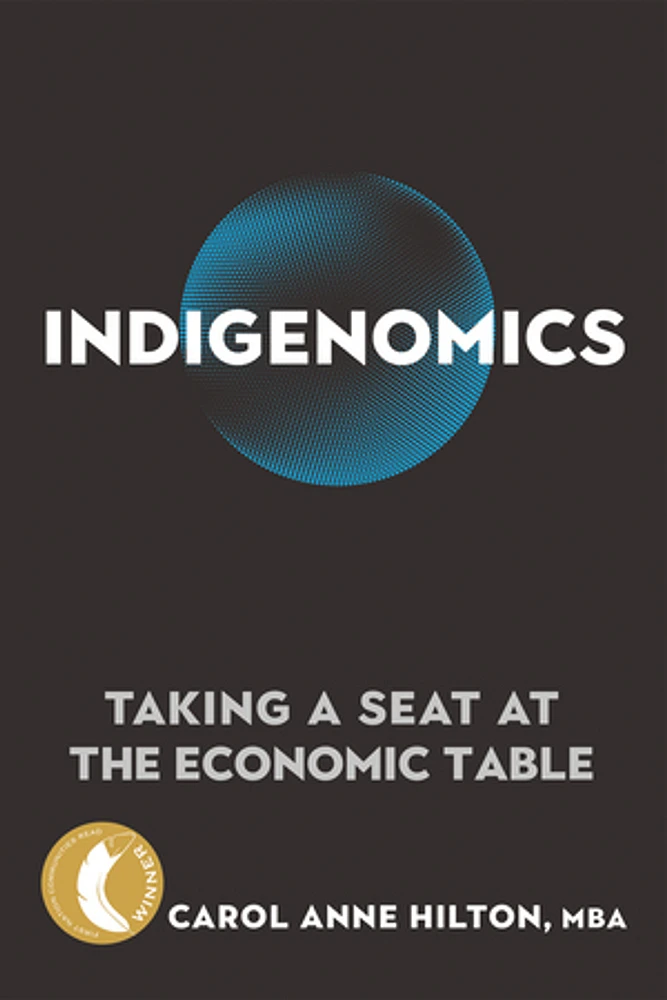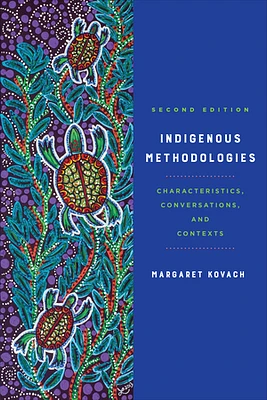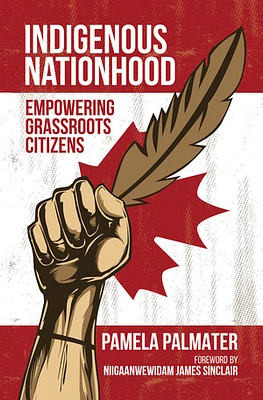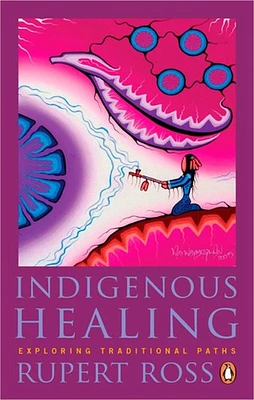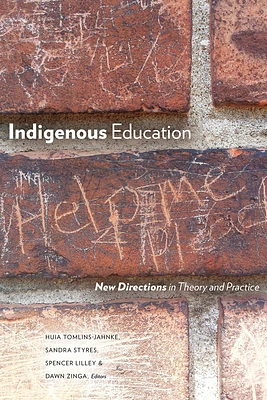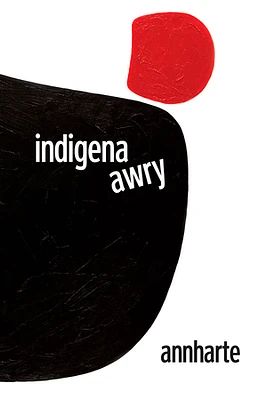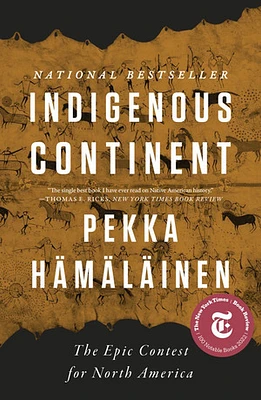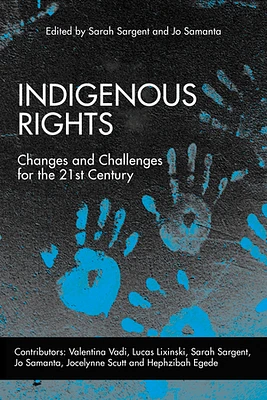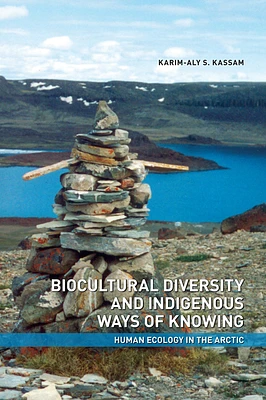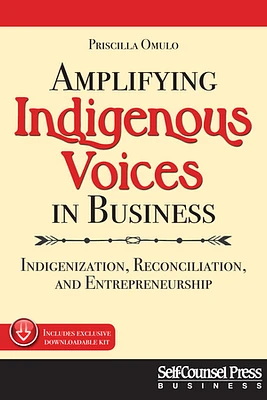Author is the founder of the Indigenomics Institute, which focuses on modern Indigenous economic design. She has an MBA from the University of Hertfordshire, England. She is of Nuu-chah-nulth descent from the Hesquiaht Nation on Vancouver Island. This book is centered within the United Nations Declaration on the Rights of Indigenous Peoples (UNDRIP). The author has introduced the new term “indigenomics,” which has moved from a single word to an entire movement focusing on the building and strengthening of Indigenous economies. Author is known on social media through #indigenomics, Twitter @Hesquiaht 5,000 followers, Facebook @indigenomcsinstitute. This is a new topic and a previously unpublished contribution to new economic thought. This book is an important work in the emerging modern Indigenous economy. It is a guide to fully realizing the potential of the emerging Indigenous economy. It lays out the emerging power shift and the rise of Indigenous economic empowerment. It acknowledges the unfolding story shaping Canada through the law courts that is testing the foundation of the Crown relationship with Indigenous peoples.
Indigenomics facilitates a new narrative: Indigenous peoples are economic powerhouses. Includes interviews with six key business leaders, all exceptional in their field Has specific examples and case studies
Audience: Indigenous peoples in the US and Canada, corporations, government, local communities, economic development, and new economy interest groups.
Regional: Alaska, Arizona, Kansas, Michigan, Minnesota, Montana, Nebraska, New Mexico, North Dakota, South Dakota, Washington, Washington, DC, Wisconsin, Oklahoma, Wyoming
International: This book is centered within the United Nations Declaration on the Rights of Indigenous Peoples (UNDRIP) and will be of interest of people working with Indigenous peoples globally, particularly in Australia, New Zealand, Africa and South America.
Canada: National Indigenous Economic Development Board report “Reconciliation: Growing Canada's Economy by $27.7 Billion” that outlines how, if all Indigenous peoples had employment, income, education, and yes, poverty rates comparable to that of all Canadians, Canada's GDP would grow by 1.5% or $27.7 billion.
There are 1.4 million people in Canada (or 4% of the Canadian population) who identify as Indigenous.
